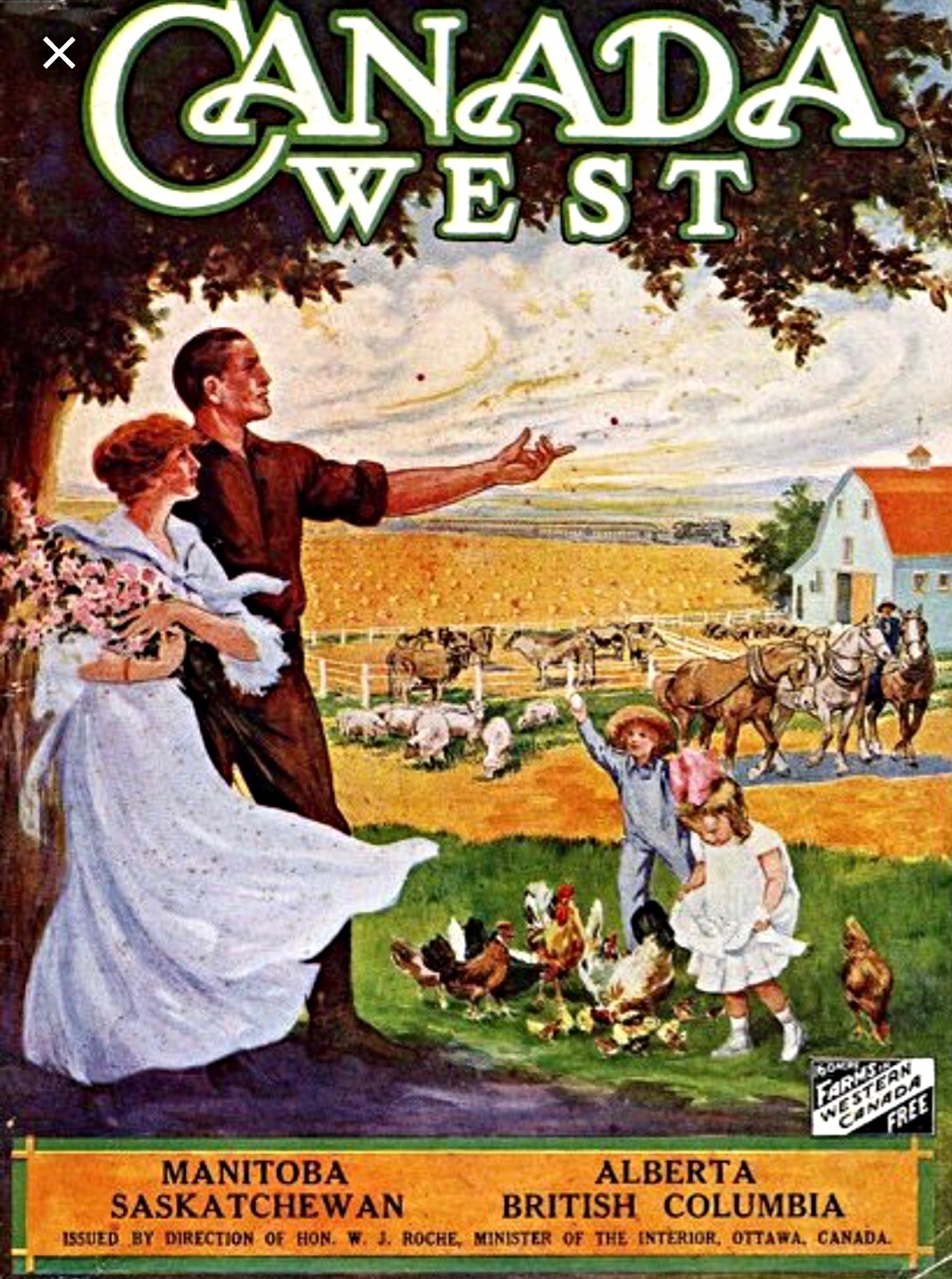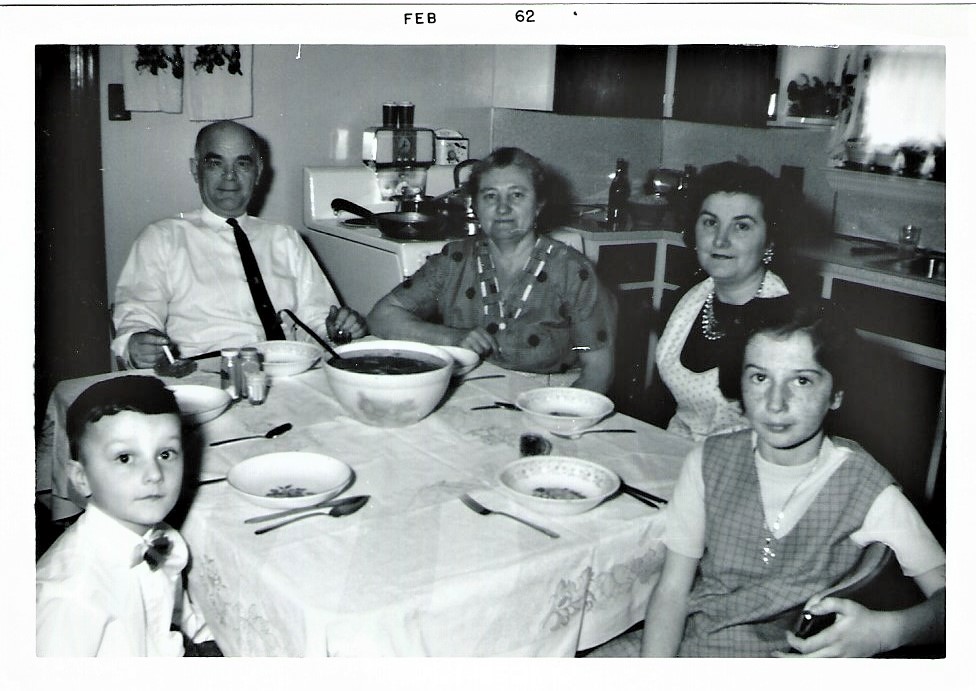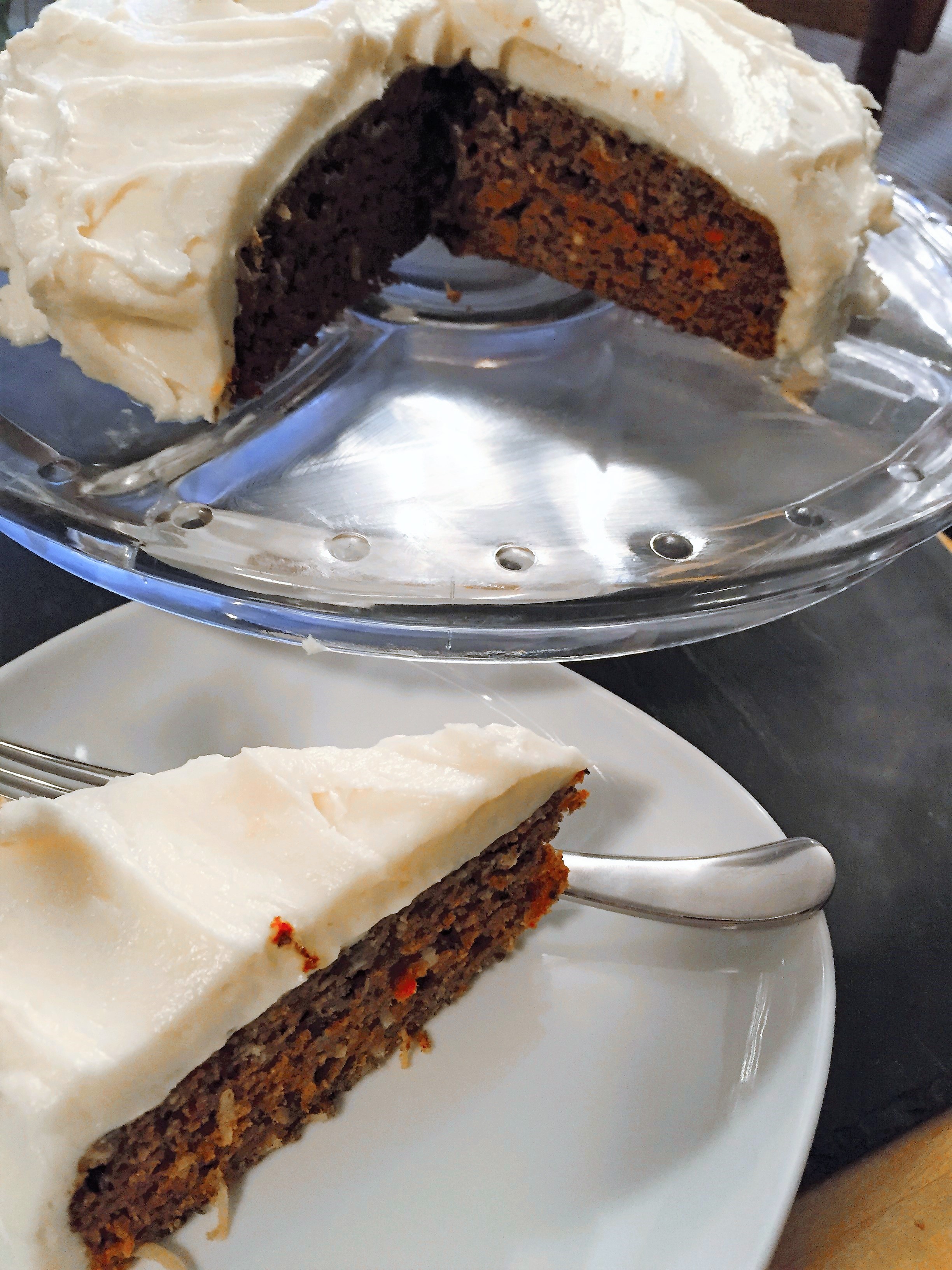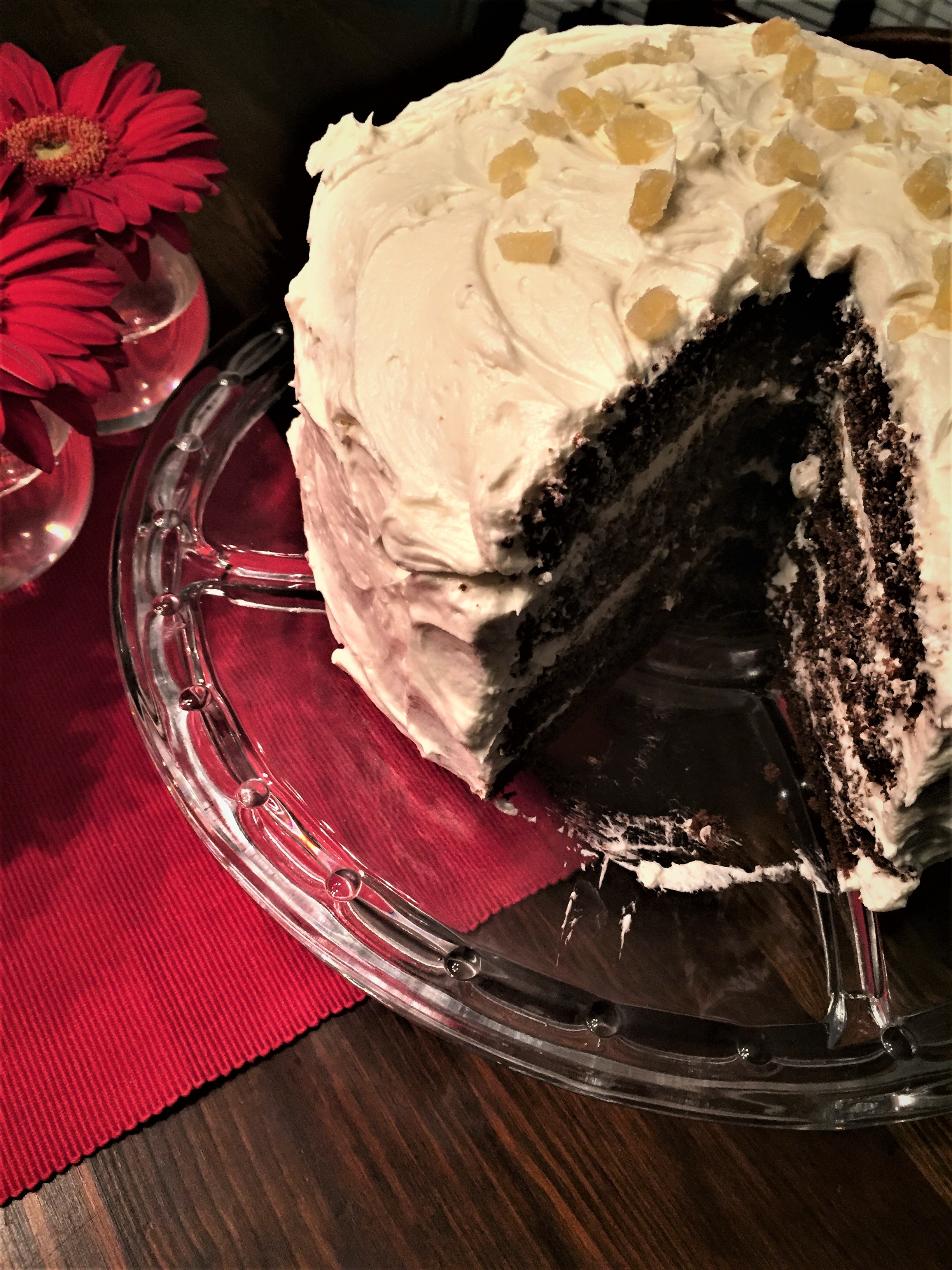The road of life. So many twists and turns. So many “what ifs” that affect the course of our stories.
A key moment in this story was in 2001 - December 13. An ominous number if you believe in omens. My Father was in need of important surgery. I assumed the role of “fixer”, helping to secure the date for surgery, offering assurances that all would be fine - joking “After all, it’s not brain surgery”. Except that it was.
There was nothing planned for the day before the surgery. It would have been a perfect opportunity to take my Dad for a drive and get him to navigate to the location of my Grandparents’ farm in Wellandport. He might have loved it, but I was ambivalent. Since a 1:1 outing with me would have been unusual, I feared that he’d take it as a sign. That he’d give me that look and say “This isn’t going to end well, is it?” He would have been right. To keep his spirits up, we behaved like it was any ordinary day. No father-daughter outing. An opportunity lost. From December 14, 2001 “Where was the farm?” became a mystery.
I don’t know if my paternal Grandfather was happy to be a farmer, or was even a good farmer. As a peasant in a Hungarian village, he was enticed to come to Canada in 1927.
Just now, immigration values and issues are in daily headlines, but at the turn of the last century Canada had thrown its doors wide open. Starting in the 1890s, an organized, aggressive and expansive immigration marketing campaign began, luring settlers to Western Canada with the promise of free land. To be exact, 160 acres – a “quarter section” (a quarter of a square mile). Pamphlets and posters appeared in dozens of languages, distributed all over Europe. I have seen these at Pier 21. Here are some examples.
Being gifted free land turned out to be no picnic. I recall my Father relating a story about a sod house. It seems they were not uncommon. Whether family myth or true, the story I heard was that 15 months after arriving, my Grandfather made his way to town to post a letter telling my Grandmother not to come. That very day, she was stepping off the train, with two wee kiddies in tow – the youngest being my father. [Read more about my Grandmother here.]
It seems that by the time they joined him a log house was in place. His Naturalization papers reflect the big picture. By 1933, six years after "going west young man", he owned two cattle and two horses. The horses undoubtedly had helped him break and crop 28 of his 160 acres. His assets included a log house valued at $350, a log barn ($50) and a log granary ($100).
The Spiritwood, Saskatchewan chapter of farming life included the deaths of two infants and (for reasons I will now never know) ended with a move to Wellandport, Ontario and a dairy farm. That chapter ended with the tragic death of my young uncle, and the move to Steeltown / Hamilton. All three boys born in Canada died. It might have grown to be a huge family, but today, ninety years after arriving, this branch of the family tree consists of only ten of us.
The farm. The house with a big wood-burning stove. The oil cloth table cover. Learning to recognize the unique ring pattern on the “party line” phone. The stairs leading to the second floor trap door. The chickens, the well, the windmill. Sandy, the dog. There were several Sandys – oddly each had a penchant for running into the road to meet their end. Sitting atop bales of hay as the hay wagon swayed and bounced through the fields – surely a feat that would not, today, get child safety approval. And the cows – always one named Diane. To this day I have high tolerance for barnyard fragrances.
I have many memories of time spent on the farm – but where, exactly, was it? Last year I emptied my parents’ house and found no hints.
Then the magic began. A clue. I got a hold of a few photos. A good friend showed these to her son who turned out to be an amazing “detective”. His job gave him easy access to aerial photos. He matched a curve in the road and my reference to a creek at the back of the property to aerial photos and maps and came up with a guess – one that proved to be correct!
This was the summer of the "Find the Farm" expedition. We discovered that every building on the property had been demolished. But "magic" was soon followed by fun! The highlight of the expedition was meeting the extended family on the neighbouring property who had farmed their land for several generations. They remembered my Grandparents, my Uncle, my family.
As we chatted, one of them disappeared and returned with a gift. Last year they went for a hike in the bush and found an old milk canister. They rescued it and gave it a lick of paint. It was stamped with my Grandfather’s name, and they insisted that it now belonged to me. One of those crazy spooky moments in life. Not to mention – how had that container survived over fifty years in the bush!?
The neighbours raised chickens, but were mostly dairy farmers. We reminisced about cows and I mentioned we had seen documentaries about modern dairy farms. They said theirs used modern technology! We got a tour!
Modern dairy farms use free stalls and voluntary milking systems (VMS). Their farm was not massive, used only one VMS and overall had a nice non-industrial vibe. Watch this short video of a similar farm. It explains how the cows are in open stalls, moving and eating freely – and let’s not overlook the “massage station” where they cozy up to a yellow massage brush. They choose when they will be milked and enter a robotic device that washes their teats, latches on and then milks them according to accumulated data re their normal production.
The neighbours reported that in my Grandfather's day trucks used to stop at every farm along the road to pick up milk. Not today. In Niagara, over the last 10 years, the number of milk producers has fallen from 61 to 44. [Source] But fear not! Today, milk production has actually increased. Some farmers increased their herd size and milking methods have improved. [Source}
I am a member of Food Bloggers of Canada (FBC). They do much to support bloggers in connecting with local food producers. Even if you have no family farm memories, the connections you can make with farmers – who tend to welcome your interest – actualizes and personalizes the work and the issues. Right now, dairy farmers have grave concerns about possible negative outcomes from the current Canada / USA trade talks. I have known folks who cross the border for cheap milk and butter. I never have and never will. The bounty our local farmers produce is worth every penny.
Well, that’s the "Finding the Farm" story. I’ll end this post with a recipe that replicates the sweet bun staple made by my Grandmother – I think of her as the Kalács Queen! Click here for the recipe for Sweet Buns with Ricotta.
Do you have any stories about farms? Click on the word "Comments" below. And/or leave a "Like"! Can't wait to hear from you!
P.S. In case you want a quick sweet read while eating sweet buns - here's a delicious story about how a Cornwall community helped a family get back their farm.


















